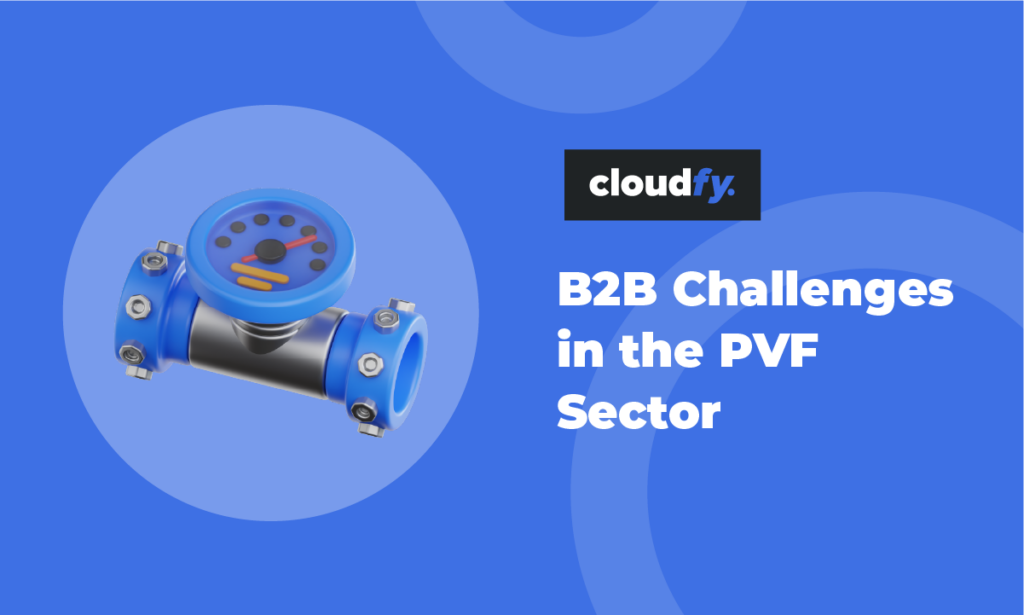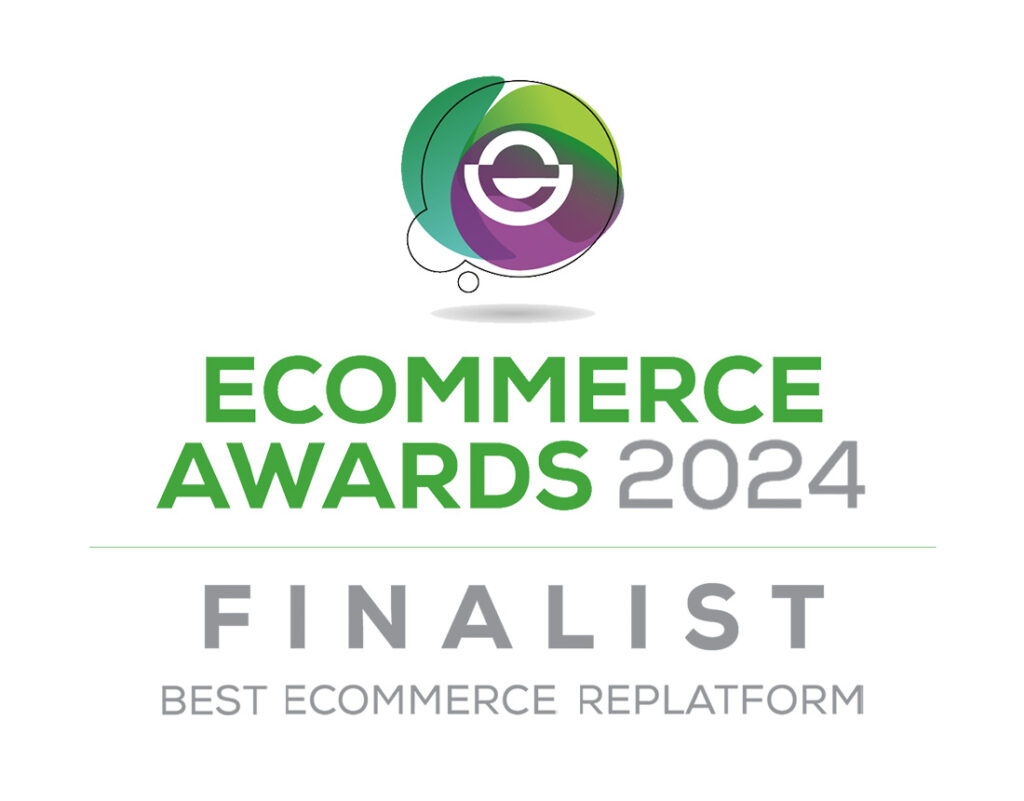Whole new markets are now within reach for organizations that take a strategic approach to international business to business (B2B) ecommerce.
In 2021, it’s predicted that more than 2.14 billion people worldwide are expected to buy goods and services online. And, although progress with digital payments in the Asia-Pacific region have been subdued, things are now starting to move forward.
Here we take a look at how single-site and multi-site B2B ecommerce solutions can support international growth for your business.
One size doesn’t fit all
In a customer-centric ecommerce world, assuming that a single, easy-to-manage ecommerce site will meet all your buyers’ needs can limit your potential to expand into new markets.
Both nationally and internationally, your business must be finely tuned to the needs of different audience segments to optimize sales. In some cases, this can be achieved with carefully planned and implemented marketing, personalization and content strategies.
Alternatively, multiple stores tailored to specific audience groups could be the best approach to expand your business. For example, if you operate in a niche market, multiple sites could allow you to be single-minded about how to meet your customers’ needs, without compromise. You can deliver the best-possible buying experience, carefully tailored to their requirements.
By including features that reflect the location, culture and language of certain customers, or sector-specific interests, you can significantly improve your opportunities to access new markets.
However, without powerful integration with your business systems, there’s a risk that a multi-site approach could lead to business silos and a fragmented picture of overall business performance. It could also mean that you aren’t making the best use of your internal resources.
Here are some other things you might want to consider when you are reviewing whether a single-site or multi-site approach will be the best choice for your business.
Customer acquisition
Customer expectations are rising so it is becoming increasingly difficult to attract attention. In a recent survey, 86% of business leaders said that customer acquisition costs (CAC) were increasing.
With paid media prices rising and online competition becoming more intense, attracting organic traffic to your B2B ecommerce site is critical. Digital differentiation can give your business the competitive edge.
Valuable, engaging, and easy-to-find content and a frictionless digital journey can engage customers and make them into loyal ambassadors. This might make tailored multiple sites and attractive option.
Alternatively, some companies are adopting a headless B2B ecommerce strategy, allowing content presentation to be updated completely separately from core business systems.
Direct to consumer (D2C) opportunities
Many manufacturers want the option of selling directly to consumers instead of, or as well as, selling through retailers. To achieve this, it could be worthwhile to make the investment in a separate ecommerce site with a tailored catalog, pricing structure and payment options to suit retail customers.
However, with a strategic approach to your business systems, it is possible to achieve a hybrid ecommerce solution that meets the needs of consumers and business buyers at the same time.
Branding
Large manufacturers, wholesalers and distributors often have multiple brand names and operate in diverse sectors. It can make sense to have separate sites supporting individual brands.
The best solution for your business will depend on your brand strategy. If it’s important to maintain the relationship between your parent brand and your various sub-brands, multiple sites could cause confusion amongst your customers and create stress points within your organization. This can also create significant management overheads for your digital content.
However, tailoring your branding, messages and marketing to specific niche markets can help to build brand loyalty.
In practice, multiple brands can exist quite happily under a single digital roof, allowing you to streamline processes, policies, sales and marketing efforts. You can easily operate in different languages, currencies and tax environments.
Expanding internationally
If you are taking your first steps in cross-border selling, launching a new ecommerce site could seem to be a major barrier. Initially it will be important to understand how similar or different your new market is, when compared to your current operation.
If you are entering a market in a smaller country, for example, it’s likely that buyers are already familiar with making their purchases internationally. Payment preferences can also represent a challenge, so it’s important to assess your ability to offer the most popular choices.
To begin your journey, you might choose to optimize your existing site for international sales, ensuring that you have multiple payment and currency options. Then you can test the level of interest with local awareness campaigns and marketing.
However, while operating in multiple languages and time zones, doesn’t automatically require multiple sites, cultural differences and local regulations might not be so easily accommodated.
Understanding customer types
Delivering an exceptional online experience can deliver important differentiation in your market space.
If your buyers are manufacturers themselves, they will want to know that their own supply chain won’t be at risk when they do business with you. They might want to be able to track their orders every step of the way. Integrating multiple sites with your enterprise resource planning (ERP), materials, warehousing and logistics systems could represent a major operational overhead.
Alternatively, your buyers might be looking for quick and easy reordering and good prices. Simple but effective stand-alone sites might suit their needs.
In some cases, you will need to deliver an effective purchasing process involving several decision-makers and influencers with differing roles and responsibilities. You might need to offer multiple options for people to take inquiries and requirements offline and then return to the online purchasing process.
An international solution
Samurai Sportswear Ltd is a privately-owned English sportswear brand specializing in manufacturing custom made teamwear and leisurewear for sports clubs, schools and universities all around the world. Its goal is to grow in all markets, both locally and internationally
The company had struggled to find the B2B ecommerce functionality and support it needed for club shops. It was also looking for a single partner to provide ecommerce, B2B and Sage 200 integration that would support multiple product catalogs, individual customer pricing, and a custom sportswear plugin.
They chose a hybrid B2B/B2C ecommerce solution from Cloudfy that allowed them to retire their legacy website. Their new online store provides sub-stores for their club and school customers, allowing them to see only their tailored range of products. The company can now provide single customer locations for viewing and purchasing, viewing previous transactions and payments.
Cloudfy is a flexible a Cloud-based software as a service (SaaS) solution which gives you the flexibility to make the right choices for the international growth of your business.
Book a free demonstration to find out more about Cloudfy’s multi-store functionality.






